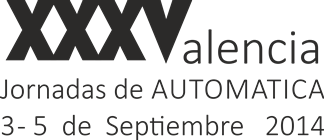Long term tracking and activity recognition in multi-camera network.
-
-
Presentation speakers
- Krystian Mikolajczyk , Associate Professor, Centre for Vision, Speech and Signal Processing, in Electronic Engineering department , University of Surrey
Abstract
There have been much research effort and excellent methods proposed for tracking and activity recognition in particular within surveillance applications.
Their performance is typically reported for short sequences with relatively high framerate. It is however hard to find approaches designed for analysing visual data recorded over weeks or months. Long term behavioural patterns of individual subjects are excellent indicators of their health status, mood, personal character etc.
Animals are excellent subjects for such analysis as their environment can be restricted, they are unaware of the surveillance, privacy and data protection are not a problem in contrast to humans, yet the challenges and methods for data analysis are applicable to images with humans.The design of such system has to consider all components affecting pipeline including the environment, the hardware, the software as well as the processing budget.
We have developed a methodology for animal behaviour analysis in confined areas such as laboratories, ZOOs, farms based on a network of motion triggered cameras
recording low framerate sequences. Off the shelf camera traps were used but due to unreliable internal clocks the sequences needed to be synchronised every few days. New binary descriptors were proposed for efficient background subtraction to tract the animals between images. Local feature were also used for short term activity recognition. Finally long term behavioural patterns are accumulated in multi-dimensional histograms and compared using various distance metrics.
Related Presentations

Control - A Perspective
- Karl Johan Åström



















